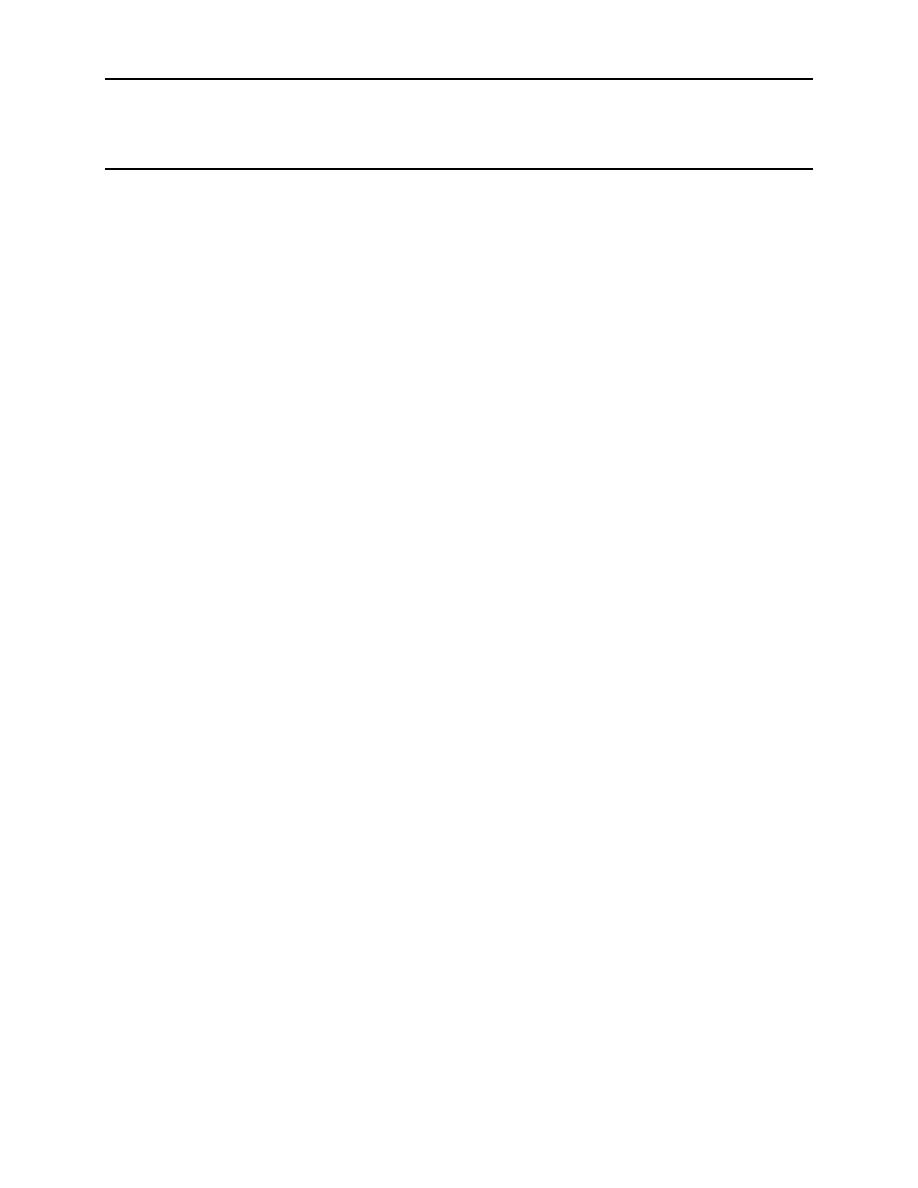 |
|||
|
|
|||
|
|
|||
| ||||||||||
|
|
 TM 10-5430-238-12&P
OPERATOR AND UNIT MAINTENANCE MANUAL
(INCLUDING REPAIR PARTS AND SPECIAL TOOLS LIST)
COLLAPSIBLE FABRIC TANKS, FUEL STORAGE, 3,000,
10,000, 20,000, AND 50,000 GALLON
UNIT PMCS PROCEDURES
INTRODUCTION
General
Preventive Maintenance Checks and Services (PMCS) are performed to keep the collapsible fabric fuel
tank assembly in operating condition. The checks are used to find, correct, or report problems. Perform
PMCS each time the tank assembly is serviced. Using the PMCS table, always do PMCS in the same
order, so it gets to be a habit. With practice, maintenance personnel will quickly spot anything wrong.
Pay attention to WARNING and CAUTION statements. A WARNING means someone could be hurt.
A CAUTION means equipment could be damaged.
Before using the tank assembly, do "Before" PMCS.
During use, do "During" PMCS.
After the tank assembly is used, do "After" PMCS.
Do "Semi-Annually" PMCS once every six months.
If something is found to be wrong when performing PMCS, fix it if possible, using troubleshooting
procedures and/or maintenance procedures.
Use DA Form 2404 (Equipment Inspection and Maintenance Worksheet) to record any faults discovered
before, during, or after operation, unless they can be fixed. It is not necessary to record faults that can be
fixed. For further information on how to use this form, refer to DA PAM 738-750.
PMCS Leakage Definitions
It is necessary to know how fluid leakage affects the status of the collapsible fabric petroleum tank. The
following are types/classes of leakage that are used to determine the status of the collapsible fabric fuel
tank. Learn these leakage definitions and remember - when in doubt, notify supervision.
CAUTIONS
Report Class III and IV leaks to supervision or unit maintenance. Failure to
heed this caution can damage the equipment.
NOTE
Equipment operation is allowed with minor leakages (Class I or Class II).
Consideration must be given to fluid capacity in the item/system being
checked/inspected. When in doubt, notify supervision.
When operating with Class I or Class II leaks, continue to check fluid levels as
required in PMCS.
Class I
Seepage of fluid (as indicated by wetness or discoloration) not great enough to form drops.
Class II
Leakage of fluid great enough to form drops but not enough to cause drops to drip from item
being checked/inspected.
Class III
Leakage of fluid great enough to form drops that fall from the item being checked/inspected.
0017 00-1
|
|
Privacy Statement - Press Release - Copyright Information. - Contact Us |